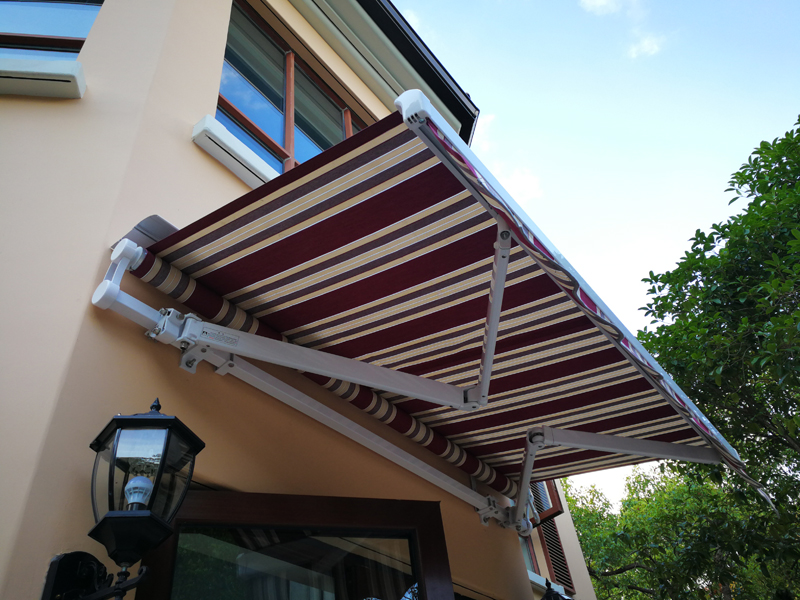
Introduce the design points of Awnings in detail.
Design points of Awnings.
the first. When the building has higher standard requirements, shading measures should be taken when the following conditions meet 1~2
(1) The indoor (outdoor) temperature reaches or exceeds 29℃;
(2) Solar radiation intensity> 240kcal/m2·h (1004.6kJ/m2·h);
(3) Indoor depth of sunlight exposure> 0.5m;
(4) The indoor sunlight exposure time exceeds 1h.
second. The awning is suitable for shading outside the doors and windows of low-rise and multi-story buildings. It is not suitable for sunshading outside high-rise buildings.
third. The material, thickness, size and form of the sunshade material, the form and specification of the fixing device, the power of the motor (when electric), the wind pressure of the place of use, etc. are related to each other. It needs to be based on specific engineering conditions. Professional manufacturers ask for relevant technical materials, and select them after comprehensive consideration.
fourth. The connection method between each shading system and the main building, lightning protection measures and other safety-related issues need to be determined by the engineering designer according to the specific project conditions, and the professional manufacturer shall jointly study and determine and be responsible.
fifth. When choosing a sunshade system with a shutter box, the impact of placing the shutter box in different positions on the wall energy saving should be considered.
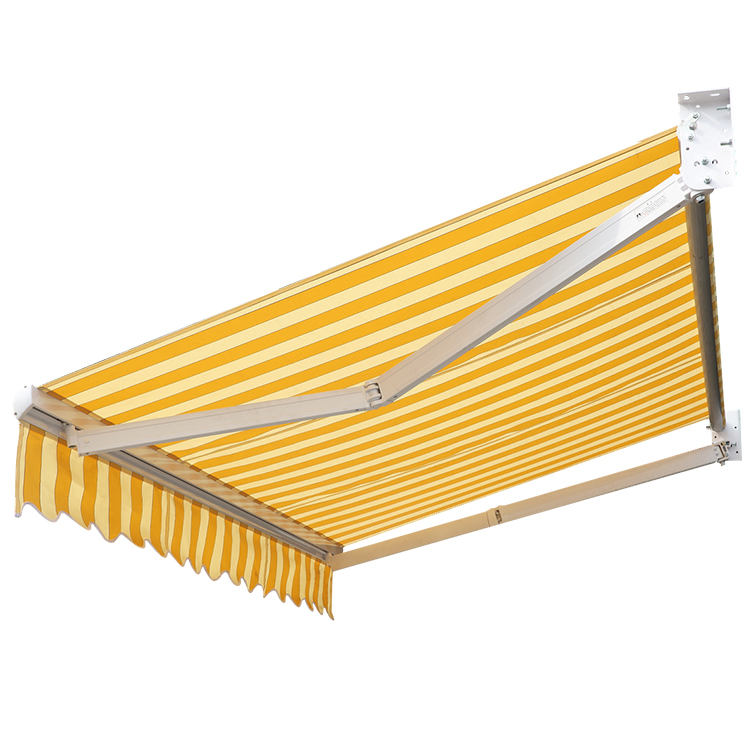
sixth. For systems equipped with automatic control, wind control and rain control sensing devices are generally required, and light control can be selected according to specific conditions. Manual driving is generally not suitable for external shading in places where there is often no one.
seventh. It is recommended to use a dark color for the fabric (or face the dark side of the fabric toward the outside) to achieve a better shading effect.
eighth. Fabric performance requirements
(1) The fabric should ensure constant size and no deformation.
(2) The surface of the fabric is flat and smooth to ensure smooth winding and prevent the occurrence of deviation, wrinkles or unsmooth winding of the fabric.
(3) The fabric should have sufficient tensile and tear strength to prevent the danger of being torn under severe weather conditions.
(4) The connection between the fabrics should adopt the articulation welding process to ensure that the fabrics have sufficient strength.
(5) The fabric should have good color fixation
(6) The surface of the fabric should have certain anti-pollution performance, easy to clean, and simple and convenient to maintain.
ninth. Fabric types: polyester coated fabric, glass fiber coated fabric.
the first. When the building has higher standard requirements, shading measures should be taken when the following conditions meet 1~2
(1) The indoor (outdoor) temperature reaches or exceeds 29℃;
(2) Solar radiation intensity> 240kcal/m2·h (1004.6kJ/m2·h);
(3) Indoor depth of sunlight exposure> 0.5m;
(4) The indoor sunlight exposure time exceeds 1h.
second. The awning is suitable for shading outside the doors and windows of low-rise and multi-story buildings. It is not suitable for sunshading outside high-rise buildings.
third. The material, thickness, size and form of the sunshade material, the form and specification of the fixing device, the power of the motor (when electric), the wind pressure of the place of use, etc. are related to each other. It needs to be based on specific engineering conditions. Professional manufacturers ask for relevant technical materials, and select them after comprehensive consideration.
fourth. The connection method between each shading system and the main building, lightning protection measures and other safety-related issues need to be determined by the engineering designer according to the specific project conditions, and the professional manufacturer shall jointly study and determine and be responsible.
fifth. When choosing a sunshade system with a shutter box, the impact of placing the shutter box in different positions on the wall energy saving should be considered.

sixth. For systems equipped with automatic control, wind control and rain control sensing devices are generally required, and light control can be selected according to specific conditions. Manual driving is generally not suitable for external shading in places where there is often no one.
seventh. It is recommended to use a dark color for the fabric (or face the dark side of the fabric toward the outside) to achieve a better shading effect.
eighth. Fabric performance requirements
(1) The fabric should ensure constant size and no deformation.
(2) The surface of the fabric is flat and smooth to ensure smooth winding and prevent the occurrence of deviation, wrinkles or unsmooth winding of the fabric.
(3) The fabric should have sufficient tensile and tear strength to prevent the danger of being torn under severe weather conditions.
(4) The connection between the fabrics should adopt the articulation welding process to ensure that the fabrics have sufficient strength.
(5) The fabric should have good color fixation
(6) The surface of the fabric should have certain anti-pollution performance, easy to clean, and simple and convenient to maintain.
ninth. Fabric types: polyester coated fabric, glass fiber coated fabric.

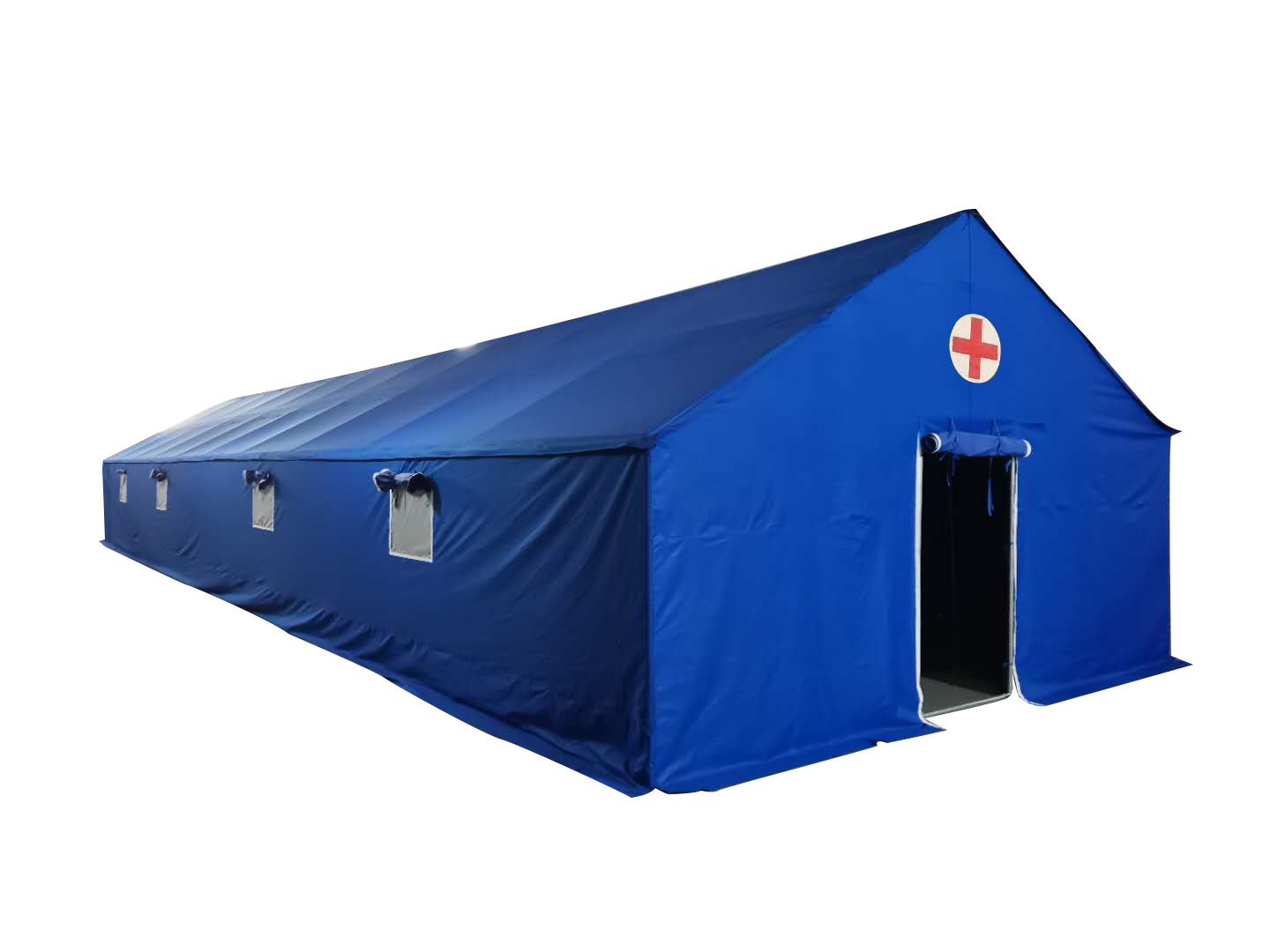
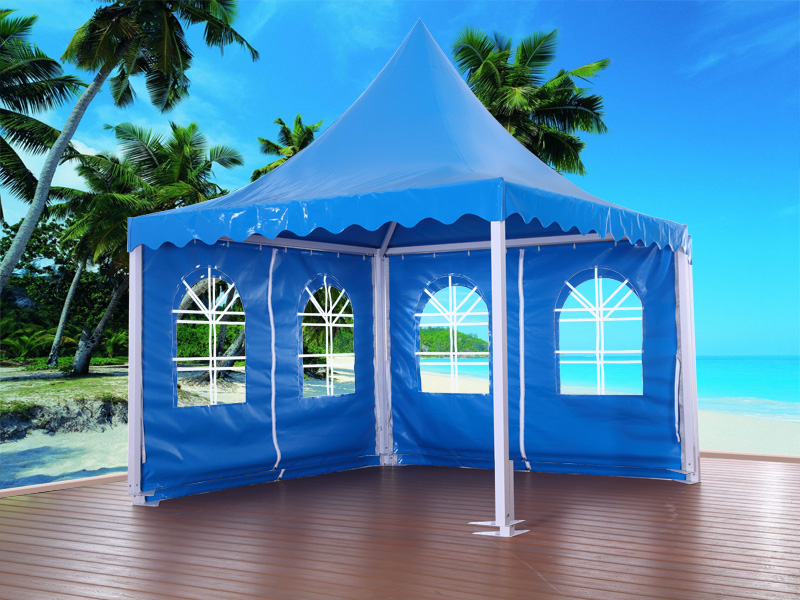
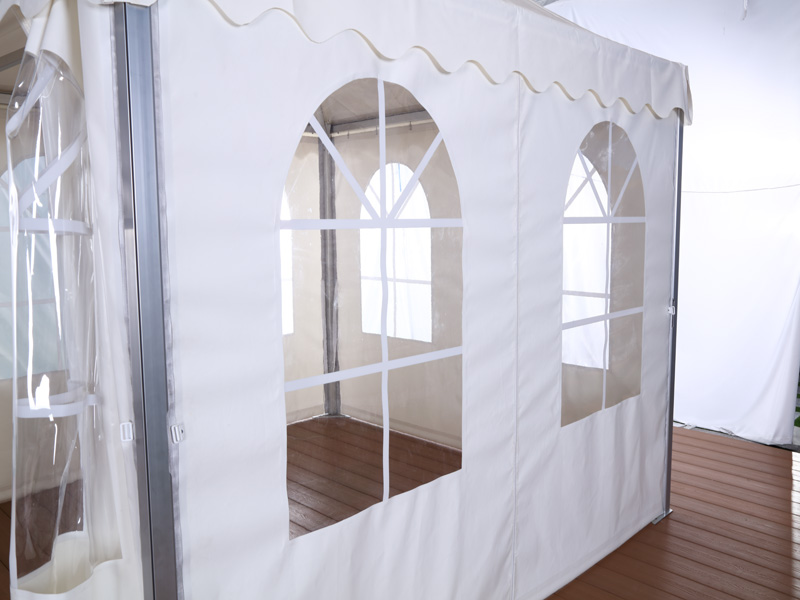
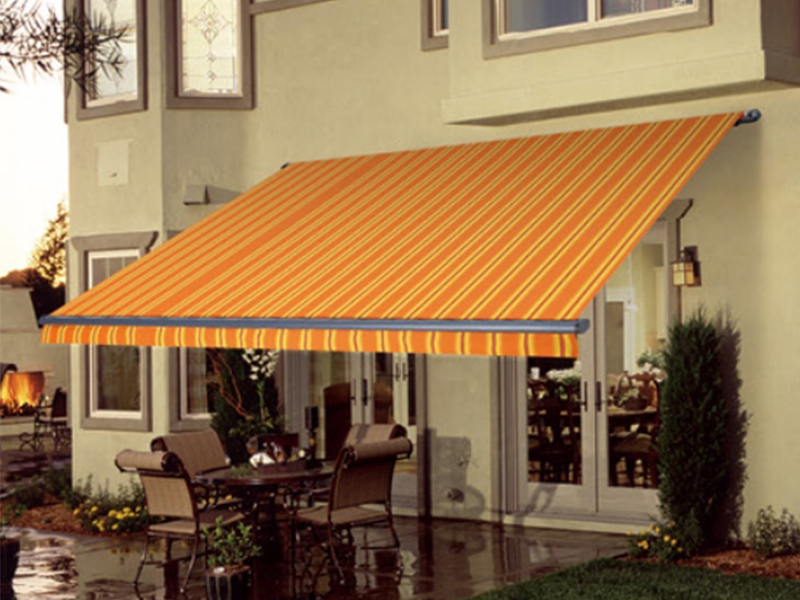
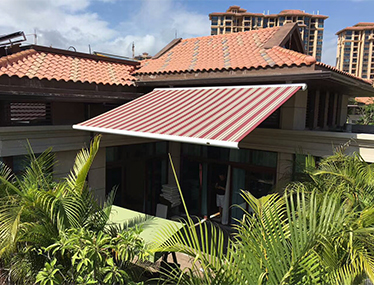
Leave a comment